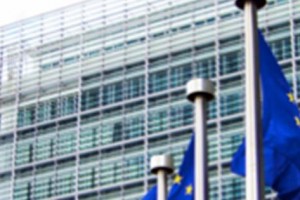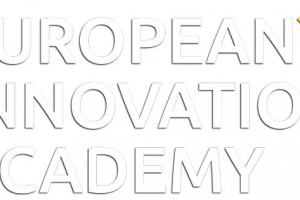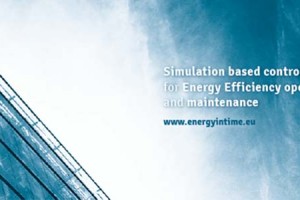
The European Union’s new strategy on heating and cooling explores the potential of natural cooling methods
On February 16, 2016, the European Commission announced a new initiative in its community strategy on issues such as heating and cooling systems inside buildings. The objective is to propel and accelerate the renovation of these new mechanisms. For this, a list of natural cooling methods has been created that present great opportunities for energy saving.
The European Commission presented the first strategy for heating and cooling elements never before approached in the European Union. The initiative’s objective is to create the most intelligent, most energy efficient and sustainable heating and cooling systems in buildings and the industry ever. This may represent a great opportunity for the industry of natural cooling methods, as Europe wants to free its stock of community buildings from carbon derived elements by the year 2050.
90% of houses in the European Union are currently inefficient energy-wise. This is easily understood as half the building stocks in existence were built before there were community regulations on this issue, and Europe has a building refitting rhythm that does not even reach 1%.
To prepare the transition toward low carbon consumption heating and cooling, the European Commission will review the Directive on energy efficiency, the directive on energy efficiency in buildings, and the initiative of intelligent financing for smart buildings launched in 2016.
For more information click here.
energy, energy efficiency, energy in time, energy saving, European Commission, European Union, heating and cooling systems, natural cooling methods












